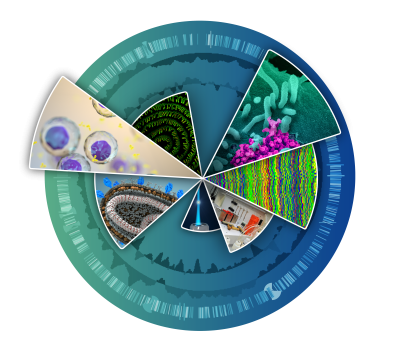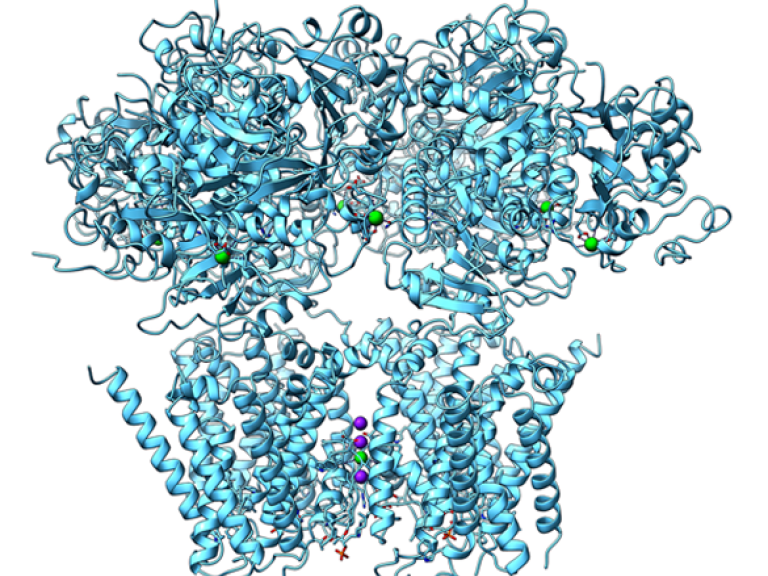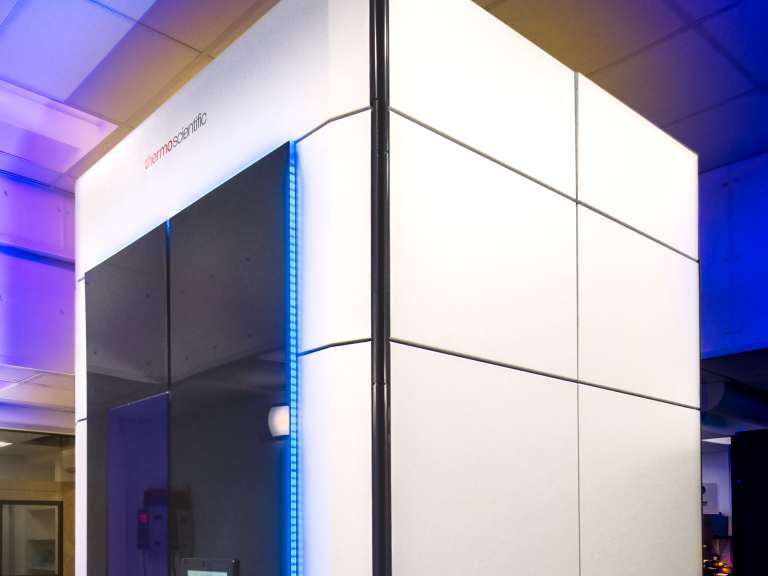The Research Technologies Branch (RTB) Rocky Mountain Laboratories (RML) Microscopy Unit provides expertise in both light and electron microscopy related techniques and technologies to support the structural imaging needs of the Division of Intramural Research (DIR) scientists both in Maryland and at the Rocky Mountain Laboratories (RML) in Montana.
Research
Research Areas
Grants & Contracts
Clinical Trials
News & Events
About NIAID
Website Policies and Notices





